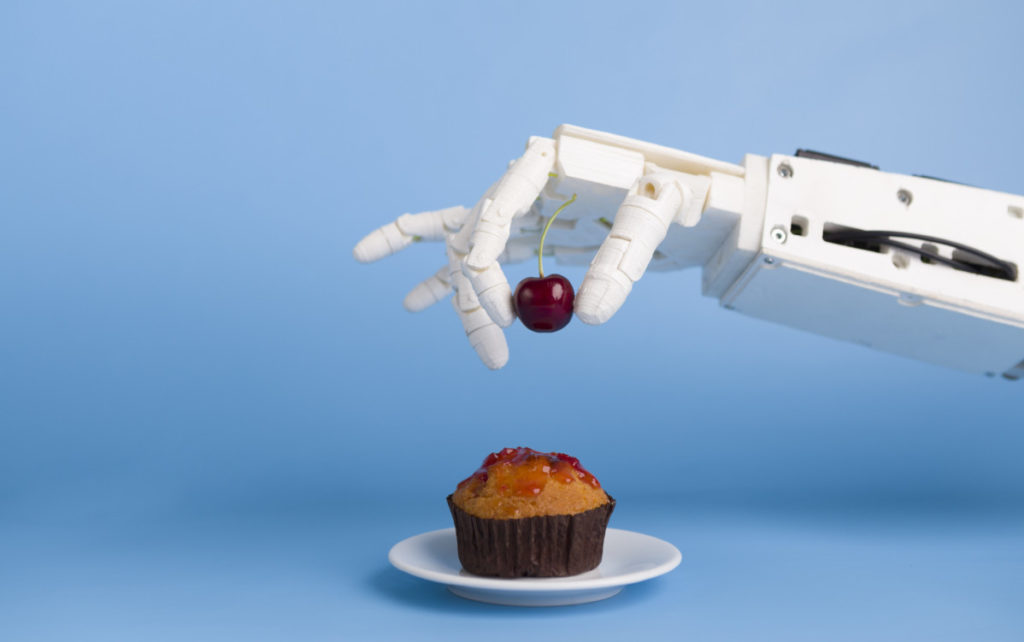Three meters tall with robotic arms, the machines are able to pick up and serve pre-prepared dishes, such as steamed egg and fried chicken, via a conveyor belt.
The robots are also capable of putting food in microwave ovens to heat it, freeing up employees to take care of other aspects of hospitality and school life.
The pandemic has increased the demand for such service robots within China, where they are now commonplace delivering food and drinks in restaurants and even delivering medication in hospitals.
The machines are also increasingly capable of preparing meals, saving busy people time, energy, and the need for culinary expertise. More importantly, such technology also means independence for people who are elderly and vulnerable.
Companies including Moley Robotic Kitchen in London, Israel’s Kitchen Robotics, and the United States company Dexai Robotics are innovating products that could become everyday domestic installations in homes across the world.
Such machines are typically fitted to ceilings, with robotic arms hanging beneath them. Capable of cooking thousands of recipes, many products just require consumers to pick a dish on a touchscreen display, attach built-in containers filled with ingredients and simply watch the rest happen mechanically. They are also becoming more dexterous by the year, able to turn on ovens and hobs, stir, and whisk.
Safety is a preliminary concern, and robotic chefs are certainly capable of generating enough kinetic force to be a hazard. Many machines are separated from people by a glass barrier, and others are designed to include radar systems to stop unwanted contact.
A more immediate concern is price. A Moley Robotic Kitchen is commercially available right now and if you want one it can be installed in your kitchen within weeks. However, each unit costs a minimum of 150,000 pounds ($204,000), a sum that could purchase a house in many parts of the UK.
As technology improves and economies of scale start to take hold, costs should reduce in the near future to something more palatable.
If used in the right way, however, robotic chefs could actually prove to be a cost-effective investment for business owners in the near future.
Pazzi in France is using robots designed by its two robotics student co-founders to make pizzas for customers.
The concept goes beyond novelty, with fully-automated kitchens and cooking processes streamlining business output. Whether it be adding the sauce, pressing dough or choosing toppings, one robot can make a pizza from basic natural ingredients in just five minutes, with strict quality protocols in place to ensure that imperfect dough is discarded.
Many will feel that robotic chefs will never be able to match a passionate cook’s human touch. For many, cooking is an expressive art form as well as an important cultural identity, and mechanically creating the same food may hold little appeal to higher-end markets.
However, the ease and convenience that the technology offers could be much-needed relief to vulnerable individuals and others.
Food brings us together as common ground for all and such a large change to the way it is prepared has not been seen in a long time.
Source: CD
